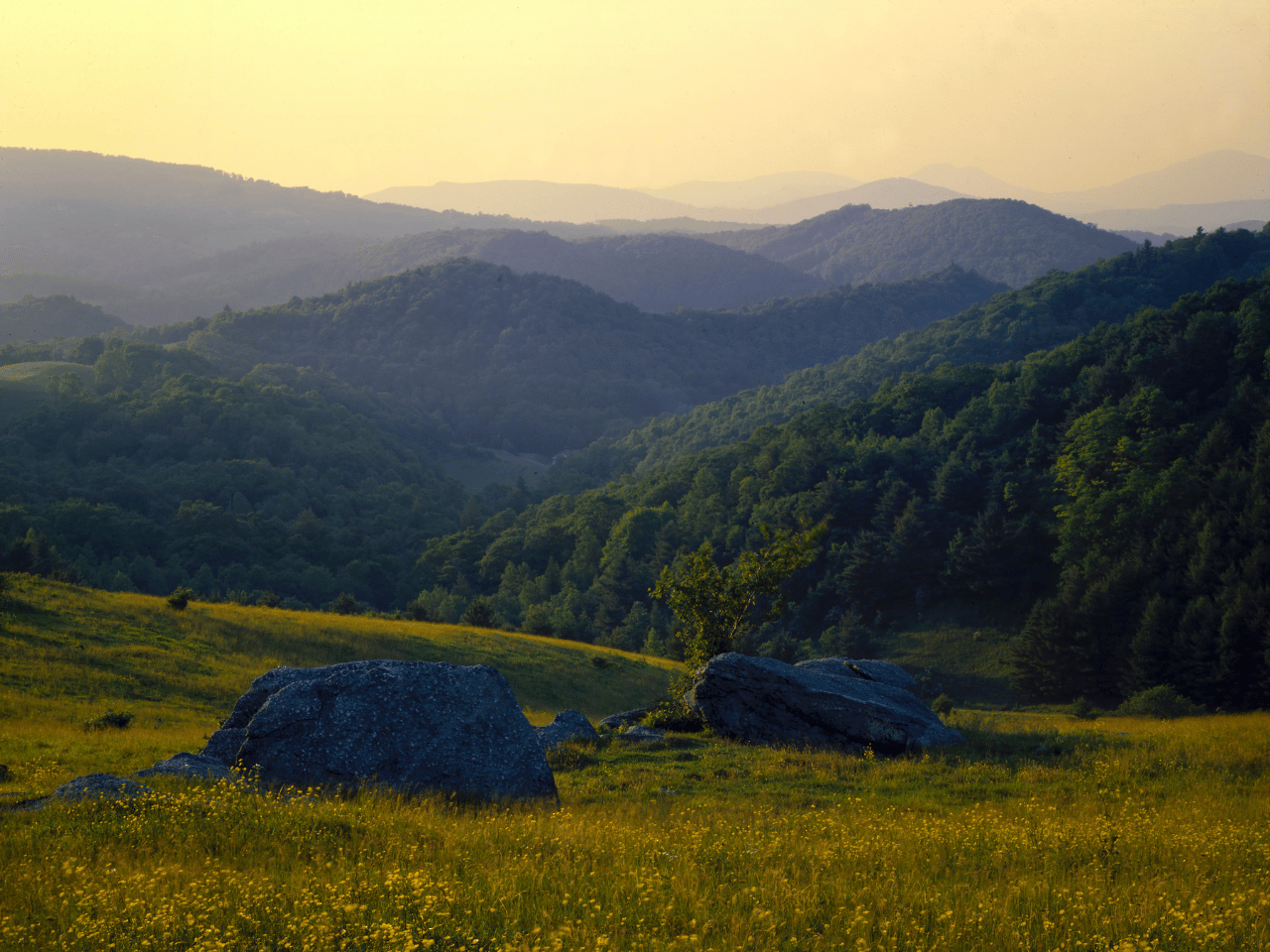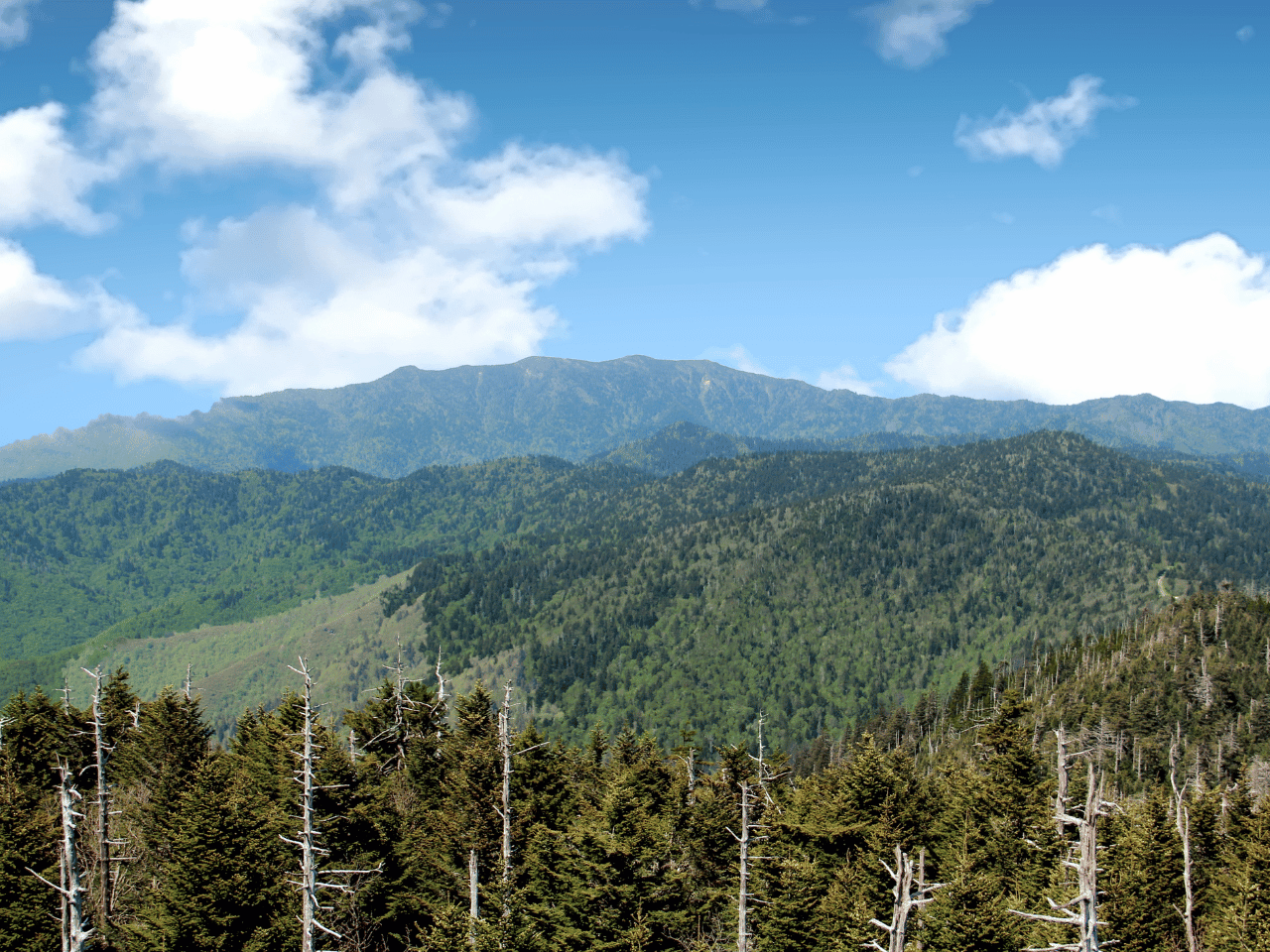Best Time to Visit Lamahata
Best Time to Visit Lamahatta
Nestled amidst the verdant embrace of the Himalayas, Lamahatta beckons travelers seeking serenity and breathtaking beauty. This quaint eco-village, perched near Kalimpong in West Bengal, offers a captivating escape into nature’s embrace. But when is the ideal time to witness Lamahatta’s magic? This guide unveils the unique charm of each season, empowering you to plan your perfect visit.
Spring (March to May):
Spring paints Lamahatta in a vibrant palette. Rhododendrons burst forth in a riot of colors, adorning the hillsides. The weather is pleasantly warm, with average temperatures ranging from 15°C (59°F) to 25°C (77°F), and clear skies offering unobstructed views of the majestic Kanchenjunga peak. Perfect for nature walks, birdwatching, and exploring the surrounding villages, spring allows you to revel in Lamahatta’s tranquility.
Highlights:
- Blooming Brilliance: Witness the vibrant spectacle of rhododendrons and other spring flowers.
- Pleasant Temperatures: Enjoy comfortable weather for outdoor activities.
- Clear Skies: Capture stunning panoramic views of the Himalayas.
Summer (June to August):
Summer brings a touch of monsoon magic to Lamahatta. Lush greenery engulfs the landscape, and waterfalls cascade down the hillsides. While occasional showers may occur, they usually come as brief bursts, leaving the air refreshingly cool. Average temperatures range from 20°C (68°F) to 28°C (82°F). This season is ideal for those seeking a tranquil escape and a chance to experience the rejuvenating power of nature.
Highlights:
- Emerald Embrace: Immerse yourself in the verdant beauty of the monsoon season.
- Waterfall Wonders: Explore cascading waterfalls and hidden streams.
- Refreshing Respite: Enjoy the cool and crisp mountain air.
- Potential for Landslides: Be aware of the possibility of landslides during heavy monsoon rains.
Autumn (September to November):
Autumn transforms Lamahatta into a wonderland of golden hues. The verdant foliage gives way to a warm palette of yellows, oranges, and reds, creating a breathtaking backdrop. The skies remain clear, offering spectacular views of the Himalayas. Average temperatures range from 10°C (50°F) to 22°C (72°F). Autumn is perfect for trekking, photography, and simply soaking in the beauty of nature’s transformation.
Highlights:
- A Tapestry of Colors: Witness the mesmerizing display of autumn foliage.
- Clear Skies: Enjoy unobstructed views of the Himalayas.
- Pleasant Weather: Experience comfortable temperatures for outdoor pursuits.
Winter (December to February):
Winter drapes Lamahatta in a cool and misty charm. The temperature dips, and the nights can get chilly. Average temperatures range from 5°C (41°F) to 15°C (59°F). However, the skies are at their clearest, offering unparalleled views of the snow-capped Kanchenjunga peak. This season is ideal for those seeking a secluded escape and a chance to witness the Himalayas in their winter glory.
Highlights:
- Unveiling Kanchenjunga: Witness breathtaking views of the snow-capped Himalayas.
- Clear Skies: Capture stunning panoramic photographs.
- Serene Escape: Enjoy the tranquility of the winter season.
- Chilly Nights: Pack warm clothing for the cooler evenings.
Beyond the Seasons: Special Events and Activities
Lamahatta offers unique experiences throughout the year. Here are some highlights to consider:
Orchid Festival (February-April): Immerse yourself in the vibrant display of orchids at the nearby Takdah Orchid Centre.
Lamahatta Monastery: Experience the serenity of this Buddhist monastery and learn about its cultural significance.
Village Homestays: Live like a local and experience the warmth of Bengali hospitality.
Trekking: Explore the scenic trails around Lamahatta and discover hidden waterfalls and viewpoints.
Planning Your Perfect Trip:
- When choosing the best time to visit Lamahatta, consider your preferences:
- For Pleasant Weather and Clear Skies: Spring (March-May) or Autumn (September-November) are ideal.
- For Witnessing Blooming Flowers: Visit during Spring (March-May).
- For Experiencing the Monsoon Magic: Summer (June-August) offers a unique perspective.
- For Breathtaking Himalayan Views in Winter: Winter (December-February) is perfect (be prepared for colder weather).
Remember:
Lamahatta’s charm transcends seasons. No matter when you visit, you’re guaranteed a rejuvenating escape into the heart of the Himalayas.
MAR-MAY
15°C (59°F) to 25°C (77°F)
JUN-AUG
20°C (68°F) to 28°C (82°F)
SEP-NOV
10°C (50°F) to 22°C (72°F)
Best Seller Package in Darjeeling Package
- 7N/8D
Cheapest Darjeeling Tour Package for Honeymoon
(456)
- 3N/4D
Best Budget Sikkim Honeymoon Packages for Darjeeling from Delhi
(657)
Things To Do In Darjeeling
Explore More About Darjeeling
By Air: The nearest airport to Darjeeling is Bagdogra Airport (IXB), which is approximately 40 kilometers away. From the airport, you can hire a taxi or take a shared cab to reach Darjeeling.
By Train: The nearest major railway station to Darjeeling is New Jalpaiguri Railway Station (NJP) in Siliguri, which is well-connected to major cities in India. From NJP, you can hire a taxi or take a shared cab to reach Darjeeling.
By Road:
- From Bagdogra (Airport): Taxis and cabs are readily available at Bagdogra Airport. You can also book a pre-paid taxi or opt for shared cabs.
- From New Jalpaiguri (NJP): Taxis and shared cabs are available at NJP for the journey to Darjeeling.
- Self-Drive: You can rent a car and drive to Darjeeling from nearby cities. The roads are generally well-maintained.
By Bus:
- Public Buses: Regular state-run and private buses operate from Siliguri (close to NJP and Bagdogra) to Darjeeling. The journey takes around 4-5 hours.
- Private Taxis and Cabs: You can hire a private taxi or cab to travel from Siliguri to Darjeeling.
By Toy Train: The Darjeeling Himalayan Railway, also known as the Toy Train, is a UNESCO World Heritage Site and a popular way to reach Darjeeling. It starts from Siliguri and takes a scenic route up to Darjeeling. The toy train ride is a unique and memorable experience.
By Helicopter: There are helicopter services available from Bagdogra to Darjeeling, providing a quicker and more scenic mode of transport.
Darjeeling is a year-round destination, but the best times to visit are:
Spring (March to May):
Weather:
Spring brings pleasant weather with temperatures ranging from 10°C to 20°C during the day. The tea gardens are lush and in full bloom, creating a vibrant landscape.
Autumn (October to November):
Weather:
Autumn offers clear skies and comfortable temperatures between 10°C to 20°C during the day. This season provides excellent visibility for enjoying panoramic views of the Himalayas.
You just need to choose your Package and come to Bagdogra rest will be handled by Etripto.in.
If you are coming through Train then you need to reach NJP (New Jalpaiguri Railway Station).If you are coming through flight then you can come to Bagdogra Airport.
You want to visit then September to June will be the proper time to visit Darjeeling.If you want to avoid high cost then don’t come in holiday dates.
You can explore Darjeeling Zoo, Ropeway,Tea Garden,Himalayan Mountaineer Institute and Tigerhills.
To visit Darjeeling 4 Days 3 Nights is the best plan in which you can explore Zoo,Tea Garden,Mountaineer Institute, Lamahata and Tinchuly.
Darjeeling is 85 Km away from Njp and it takes 6 hours to reach Darjeeling.
In Darjeeling you wont get snow rather you can get snow in Sikkim.
- Darjeeling is known as the “Champagne of Teas” due to its unique and exquisite flavor profile.
- The Darjeeling Himalayan Railway, also known as the “Toy Train,” is a UNESCO World Heritage Site and one of the oldest functioning steam engines in the world.
- Darjeeling is home to the highest tea estate in the world, the Thurbo Tea Estate, situated at an elevation of about 6,800 feet.
- The region’s climate and altitude contribute to the distinctive taste and aroma of Darjeeling tea, which is prized by tea connoisseurs globally.
- Darjeeling has breathtaking vistas of the snow-capped Himalayas, making it a popular destination for tourists and trekkers.
- The Darjeeling Peace Pagoda, built by Japanese monks, is one of the 30 Peace Pagodas around the world and offers panoramic views of the surrounding area.
- The Padmaja Naidu Himalayan Zoological Park in Darjeeling is dedicated to the conservation of endangered Himalayan species like the red panda and snow leopard.
- Darjeeling’s diverse cultural heritage is reflected in its population, which includes a blend of Nepali, Tibetan, Bhutia, and Bengali communities.
- The Darjeeling Ropeway, one of the oldest cable cars in India, provides stunning aerial views of the valley and the Himalayan peaks.
- Tenzing Norgay, one of the first two men to reach Mount Everest’s summit in 1953, was born and raised in Darjeeling.







